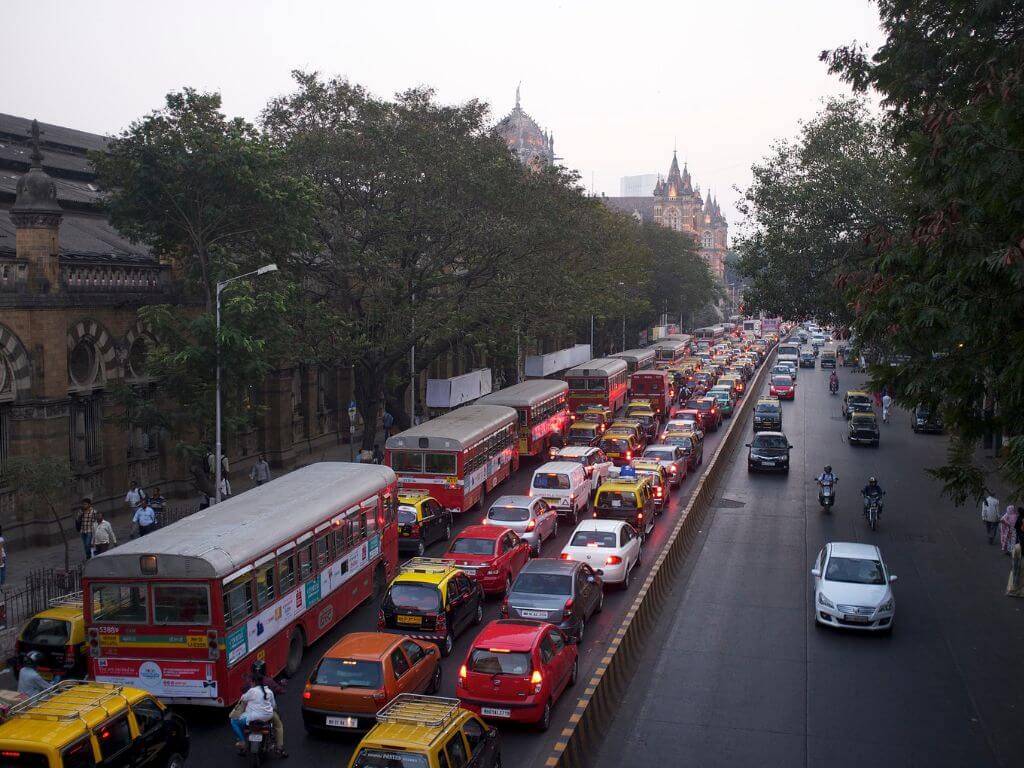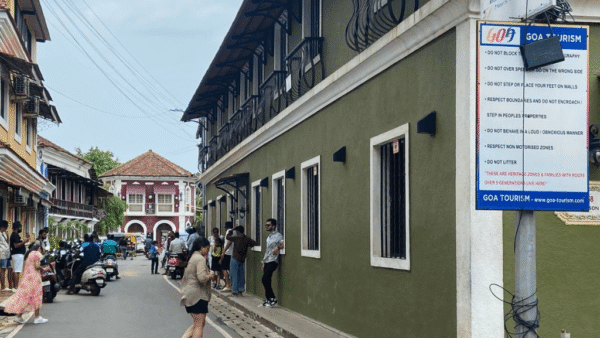Public transport, especially a robust even if chaotic bus system, has been at the centre of mobility in most Indian cities. A few have had old railway networks while many sport the metro. The benefits of public transport are countless – it prevents traffic congestion, reduces greenhouse gas emissions and air pollution, and provides economic opportunities. For decades, private transport was marginal even in large cities like New Delhi and Mumbai where more than 80 percent of commuters used various modes of public transport and intermediate transport such as rickshaws and taxis.
However, in the past few years, as governments invested heavily[1] [2] [3] in physical infrastructure such as roads, bridges, freeways, sea links and highways that primarily support two-wheelers, cars and SUVs, the focus shifted from public transport. People’s preferences moved in this direction too.
The shift has been remarkable in Mumbai, a commuter city. Of all motorised transport, the railways and BEST bus networks carried 74 percent of the city’s commuters in 1998; by 2018, this share was down to 56 percent while the share of private transport such as two-wheelers and cars had galloped from 13 to 27 percent.[4]
The city now has nearly 2.2 million private cars and 2.5 million two-wheelers. The resulting road congestion and traffic jams have become legendary. As the central and state governments brag about infrastructure projects like the Mumbai Trans Harbour Link, inaugurated last month, and the Coastal Road, the significance of public transport cannot be emphasised more. Importantly, public transport holds the key to Mumbai’s climate action.

Photo: Jashvitha Dhagey
How can public transport systems be integrated into planning cities?
Actually, it is already integrated. It is an integral part of urban planning in many cities. Take the example of the newly-inaugurated Mumbai Trans Harbour Link. It was supposed to be a ‘rail-cum-road link’. With a railway line, it would have facilitated people to live in Navi Mumbai and travel to work in Mumbai at low cost. The housing there would have been for people who could afford it too.
From a planning perspective, a railway link would make sense because it would have opened up the mainland for people with modest incomes to access. Now, because it is a freeway, the people who will benefit are those buying luxury real estate in Navi Mumbai. This is the purpose of the project. The advertisements were there on the day of the inauguration itself. The beneficiaries of this infrastructure are not the common citizens of Mumbai. So, there is a connection between land use and infrastructure development but it can be both ways. It can promote affordable housing or expensive housing. We are doing the latter.
The approach to public transport focuses more on physical infrastructure than people’s mobility. Do we not need better mobility planning rather than mere infrastructure planning?
The question is what is meant by mobility. We should be precise about how we define our problems. Historically, the older city evolved in the pre-automobile period. It had trams, animal-based transport, largely pedestrian mobility, and the railway line. Much of the urban form is not really suitable for four-wheelers. When you shift to private mobility to a large extent as we have, you not only have to do infrastructure projects but also transform the urban fabric radically to make it suitable.
The approach to large infrastructure projects have also changed. For instance, in the 1990s, the study by WS Atkins recommended strengthening rail-based transport, and connecting the railheads Churchgate and Chhatrapati Shivaji Maharaj Terminus, building road space only in the east-west direction and not in the north-south direction, bringing in congestion pricing for cars, and so on. The understanding was clear: discourage private and encourage public transport. In 2005, the World Bank’s Comprehensive Transport Study dramatically changed the way mobility was envisioned – more large infrastructure projects such as sea links, freeways, metros, airports.
We now have what can be called the metro-airport-highway orientation to mobility which is undoing the old railway-bus-pedestrian one. Mumbai is seeing this shift.
Compare the investment in these modes; there is very little or negative investment in bus and rail, but a lot in freeways, metros and airports which are not for average citizens. The money goes where the priorities are. One has to think about mobility but specifically non-motorised and public transport mobility, and discourage private mobility as much as possible.
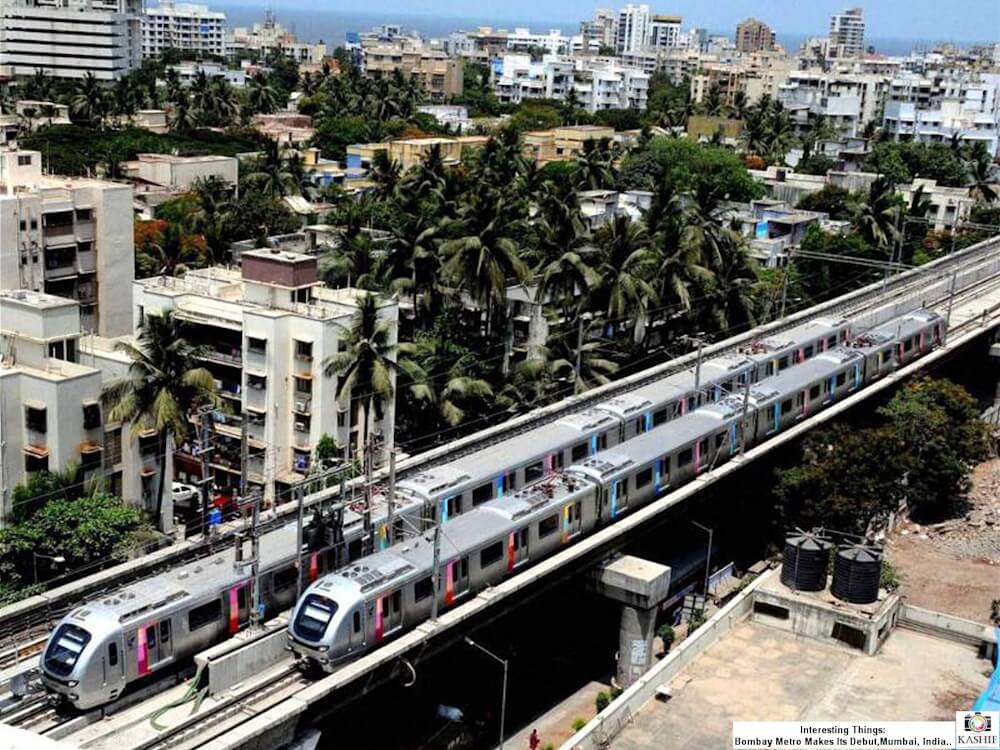
Photo: Wikimedia Commons
Mumbai’s metro network is touted as the panacea for all woes but its connectivity and affordability are not comparable to the railway or bus. Where do you place it in the city’s transport matrix?
This is a good question because the metro is one of the reasons that the BEST bus undertaking is being gradually shrunk. There is a conscious effort by BEST to convert itself into a feeder service for the metro. Perhaps the thinking in the BEST, Brihanmumbai Municipal Corporation and the government is that if changes are made in the way buses are organised – for instance, suspending long routes – commuters will use the metro. But the metro is unaffordable for bus users. The only way this shift can happen is by reducing the metro rates but there is no effort towards that; the metro is exclusionary priced.
Secondly, the metro line 3 is underground but metro lines have been built on top of arterial roads, in some places the columns have taken away road space where bus lanes could be introduced. The metro is poorly planned. Again, it has to do with increasing land values as we have seen on the Link Road in Malad, benefitting owners on that route. There is a case for building a metro system if it is underground and densely networked, not this way. Even now, bus corridors can be introduced on arterial roads, it is simple and cost-effective but there is not much interest.
How would you reflect on the citizen’s campaign to keep the BEST afloat? What more needs to be done?
I was, and am, part of the group called Aamchi Mumbai, Aamchi BEST (Our Mumbai, our BEST). It is not the only group demanding public transport; others like the Mumbai Mobility Forum, Mumbai Environment and Social Network (MESN) and individuals have been making a passionate case for public transport for years. Our group started in 2017 when Ajoy Mehta, as Mumbai’s municipal commissioner, came out with so-called reforms including an increase in fares, removing concessions for senior citizens, cancelling non-profitable routes, and bringing in private contractors. We called it the ‘Mehta model’.
Mehta and others made a big fuss about BEST’s losses but people forget that it was always a revenue-deficit system working on the cross-utility subsidy model; the surplus from electricity distribution subsidised the transport. BEST stands for Brihanmumbai Electric Supply & Transport. As the Bombay Tramway Company Limited, it was a private transport service and was taken over by the BMC in 1947 because the working population needed affordable public transport. BEST was the core bus transport system complementary to the railways and also a feeder to the railways with bus depots right outside railway stations.
The privatisation of electricity – to facilitate private service providers like Reliance and, later, Adani to enter the power distribution sector – and subsequent court orders broke up the cross-subsidy model, which resulted in the transport division piling up deficits. These so-called “losses” and “inefficiencies” became the pretext for bringing in private operators; today, nearly two-thirds of the buses operated by BEST are run by contractors.
What was the campaign able to do?
Aamchi Mumbai, Aamchi BEST has social scientists, transport planners, labour union representatives and social activists who argued that the main problem was not revenue deficits but the policy promoting contractualisation, shrinking the service to promote the metro and to eventually sell BEST land to builders. The BMC justified contractualisation – also called wet leasing – as cost-cutting. The contractors are reducing costs by cutting down on maintenance and slashing wages. The combination of poorly paid and overworked workers, and poorly maintained buses has meant more accidents and multiple incidents of buses catching fire.
The number of buses owned by BEST is declining;[5] it has barely 1,061 buses, down from about 4,000 nearly 15 years ago.[6] Since it is not buying buses, its workforce has been rendered excess. This was a way to downsize; otherwise, the unions would have protested. Aamchi Mumbai, Aamchi BEST aimed to create the understanding that the interests of commuters and workers are not necessarily in conflict. In fact, many BEST union representatives passionately argue for expanding and improving public transport. So, we are a citizens’ platform to promote reliable, affordable and sustainable public transport.
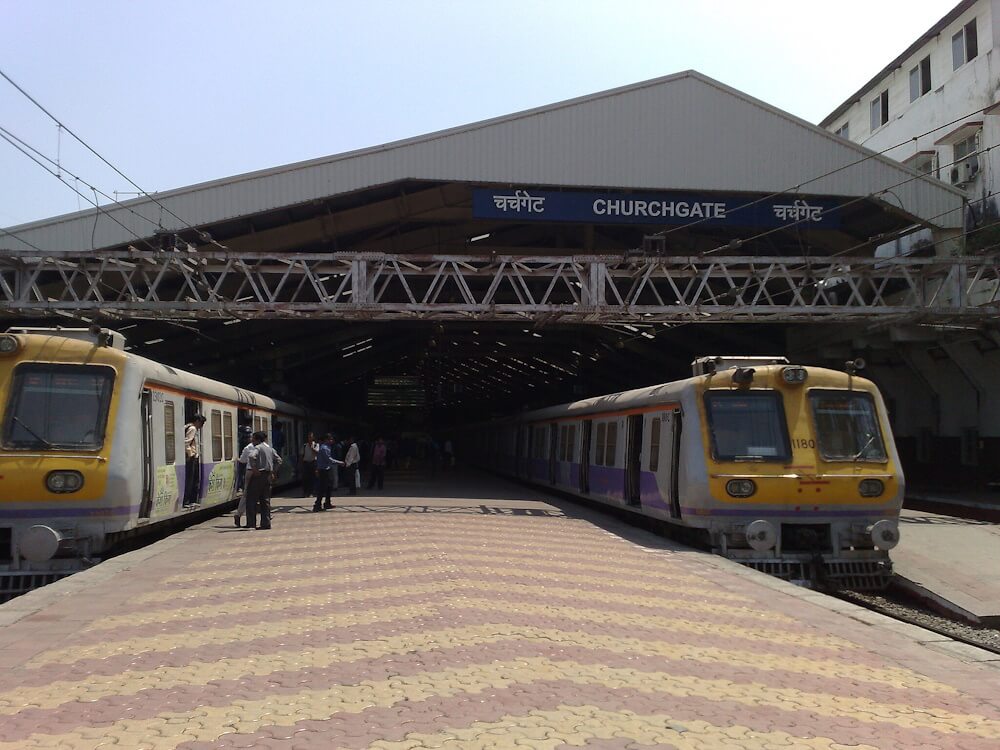
Photo: Wikimedia Commons
The Mumbai Climate Action Plan suggests that the electrification of buses, rickshaws and cabs, and the shift to public transport heralded by the metro, will help climate action. How realistic is this?
The Mumbai Climate Action Plan (MCAP) is not a statutory plan. It is essentially a wish list but even so, it does not do enough. It is conservative. For instance, it talks about dedicated bus lanes but they will be built “wherever feasible” by 2040. Why wait till 2040 ? These can be made tomorrow if the BMC wants to. One lane each on the Western Express Highway and Eastern Express Highway can be reserved for buses.
The truth is that Mumbai’s transport system is being consciously planned as a divided and stratified system, where the level of income and status determines the degree of flexibility and comfort in movement: individual automobile-based transport for those at the top of the pyramid, overhead and underground rail for middle-income professional and managerial class, and overburdened surface rail, buses and non-motorised modes for the working poor.
The MCAP is working very much within this status-quo framework rather than fundamentally rethinking transport infrastructure. If it was serious, it would have called for stop-work of the Coastal Road because it is the most atrocious infrastructure from the climate perspective. The already reclaimed area can be converted into a park and bicycle space. It could have insisted that the Trans Harbour Link include a rail or a Metro line, but did not. It could have called for a stop to all the projects which will increase north-south car traffic all the way to Virar, but did not. The MCAP has nothing to say about them.
Which other cities have efficient bus systems and what lessons can be drawn?
Many cities have good bus-based public transport services. London is a great example; many European cities too. South American cities such as Bogota are usually cited as an example for the Bus Rapid Transit System. The then mayor of Bogota made an important point when he said that “driving a car is not a right, parking your car is not a right, but affordable public transport is a right.” Those car users who oppose higher costs on driving or parking should simply be told that it is not your right to drive a car; it is your privilege. If they want privilege, they pay for it. There are multiple examples and good practices that our cities can follow.
It is a mistake to think that public transport can be planned in isolation. Good public transport is that which can exist alongside private transport but now the emphasis is more on the former. In Singapore, buying a car is very expensive because you pay multiple times its market value for licences and permits which are auctioned. The revenue generated is used to upgrade public transport. If Mumbai had a good revenue-generating parking policy or congestion pricing, it could be used to run BEST services.
This is not difficult to do, not like building mega-projects such as the Trans Harbour Link. One of the suggestions Aamchi Mumbai, Aamchi BEST made, which also came from the unions, was to merge the BEST and BMC budgets instead of the separate C-budget for the bus system. If the BMC introduces parking and other costs on private automobiles, it can use that to run BEST but they refuse to. There is a lot to learn from other cities about how to organise buses and other public transport.
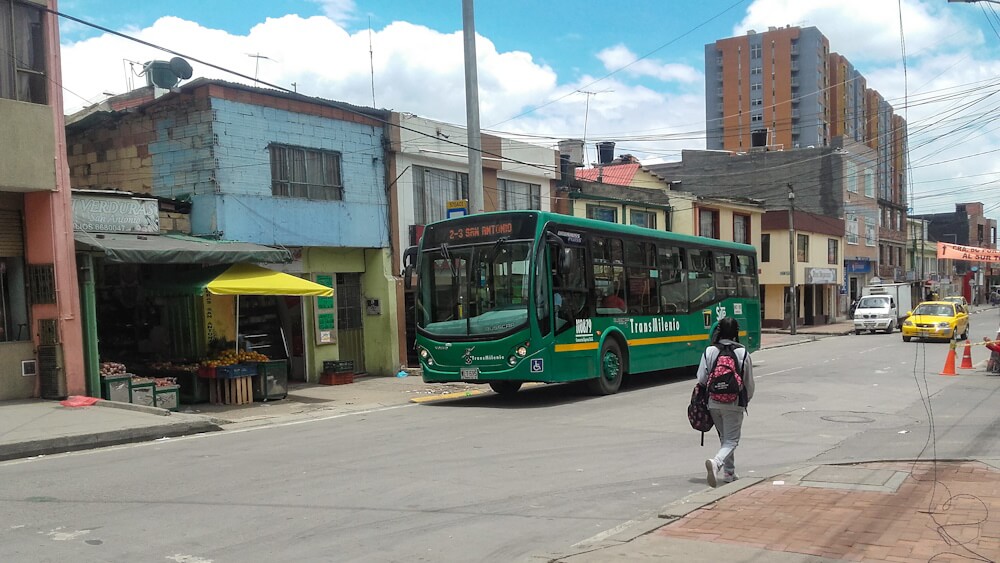
Photo: Wikimedia Commons
The importance of public transport is officially acknowledged but only on paper. In what ways do you think cities can, or should, prioritise public transport in the context of climate change?
Interestingly, public transport is climate action. Improving the modal share of public transport is the single-most important climate action any city can take. About 20 years ago, 80 percent of Mumbai’s share of transport was public transport, leaving out walking and cycling. Today, it is down to 55-60 percent, and declining. There is a notion amongst planners that people buy cars because it is aspirational, but it is in fact the direct result of policy. When the government creates highways, people are induced to switch to private transport. If we spend money on good quality public transport, people will switch to that.
If the modal share increases again to 80 percent, the cost of travel will be more affordable and, also, sustainable. There’s a simple calculation to measure emissions per capita; the fuel cost of travel is how much fuel is burned. For the suburban railway this is about 25 paise per person, bus is about 58 paise, the metro is Rs 2.05. It tells you simply, without complicated statistics, that if you take the bus or train, you burn less fuel. Move people back into trains and buses, and you have climate action.
How can we build urban public transport that is climate adaptive?
The first thing is to change the modal share – bring people back into public transport. I don’t mean metros, I mean railways and buses. Buses would be the easiest, railways can be augmented. Mumbai’s bus system has to be revived with bus priority lanes, buying more buses, even diesel buses because if people use buses less fuel is burnt anyway.
Secondly, electrification is a distraction; the electrification of BEST is a “green” cover for privatisation. If we must, then electrify the cars. That’s the elephant in the room, not the buses. Mumbai has 3,500 buses in all but close to 2.2 million cars. But what does the MCAP say about the electrification of cars? It says “it will happen over time with the right incentives.”
Then, encourage people to walk and bicycle more which means that people live close to the places of their work. This means you cannot move people from Dharavi to Mulund or salt-pans, they should live in or around Dharavi. A proper climate action plan will address these aspects too. Also, find ways in which existing buildings can be repaired-retrofitted rather than replaced with skyscrapers. So, we build fewer roads and not chop down the Aarey for infrastructure projects; the metro car shed could have been in Bandra Kurla Complex. Redesign highways and sea links to run buses and bicycles and make driving of cars more expensive. Climate action also means more bus lanes are built instead of metro lines.
It is about changing priorities. Within the existing paradigm, the talk is about a few open spaces and encouraging people to switch to electric vehicles; this is alright but not serious climate action, it is just distraction. Incidentally, the MCAP should have been a regional plan.
It is not enough that public transport is accessible to all, it should also be equitable.
We need to qualify transport. Public would mean a price structure affordable to most people in the city. The Metro is not a public transport system; it is more precisely defined as a ‘publicly operated mass-transit system for the middle class.’ It is better than private cars but not affordable for many. The buses and the railways are public transport in Mumbai. If you have a large share of people using public transport, at least in terms of access, you have equitable transport. Of course, an AC or first-class ticket will cost more but the service is accessible to people with limited means.
There are other dimensions – do the elderly access public transport, is it designed in a way that they can board it or switch modes, how do women and the disabled access public transport? Once you have the basic public transport, then you can think about access and equity of specific groups. Right now, the problem is that the public transport is shrinking – this affects everybody.
Cover photo: Wikimedia Commons

